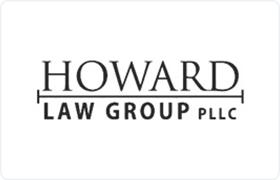Ewing Bankruptcy & Debt Lawyer, Kentucky
Sponsored Law Firm
-
 x
x

Click For More Info:
-
Howard Law Group, P.L.L.C.
213 Saint Clair St Ste 101 Frankfort, KY 40601» view mapBankruptcy & Debt Where Dedication Meets Experience
At Howard Law Group, PLLC, our Frankfort lawyer has devoted his entire practice to helping clients understand their rights and helping clients make empowered legal decisions.
800-716-8131
Steven Royse Zweigart
Government, Divorce & Family Law, Bankruptcy, Bankruptcy & Debt
Status: In Good Standing *Status is reviewed annually. For latest information visit here
Julie Diane S Williamson
Real Estate, Family Law, Bankruptcy, Bankruptcy & Debt
Status: In Good Standing *Status is reviewed annually. For latest information visit here
Anthony Lewis Barber
Bankruptcy, Litigation, Civil Rights, Workers' Compensation
Status: In Good Standing *Status is reviewed annually. For latest information visit here
Jeffrey Owens Moore
Bankruptcy
Status: Inactive *Status is reviewed annually. For latest information visit here
Sarah C Bayne
Bankruptcy, Divorce, Criminal
Status: In Good Standing *Status is reviewed annually. For latest information visit here
 Douglas Howard Frankfort, KY
Douglas Howard Frankfort, KY Practice AreasExpertise
Practice AreasExpertise